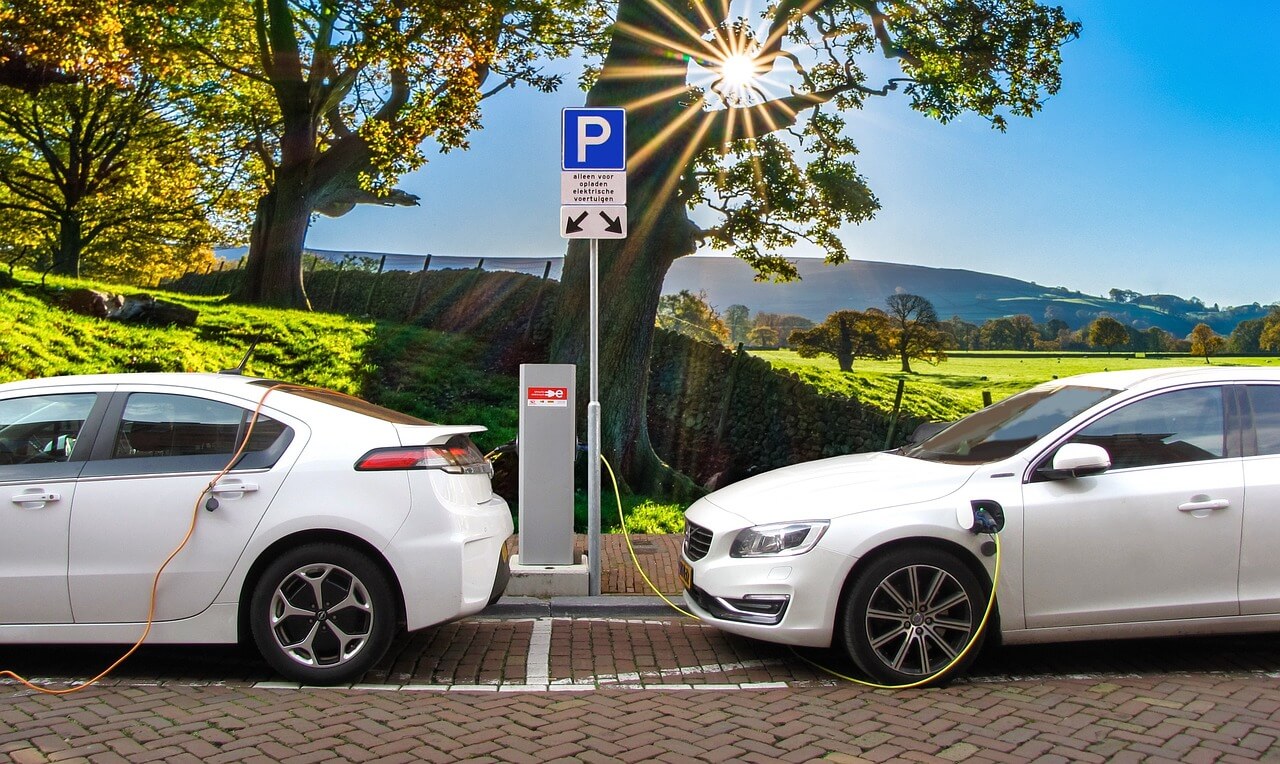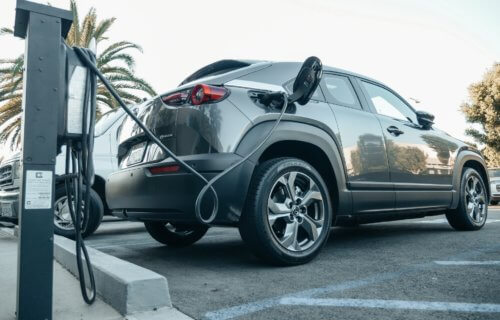WASHINGTON — Fossil fuels are out, and electricity is in. That’s the narrative as the United States works to decarbonize the nation’s energy system. However, a new study finds many drivers opting to buy electric vehicles aren’t actually doing much to help the environment — because they simply don’t drive enough.
Up until now, scientists and regulatory bodies like the Environmental Protection Agency (EPA) have largely assumed EV owners drive their cars about the same number of miles as owners of gas vehicles. Researchers from George Washington University, however, report that the current generation of EV owners drive notably less than owners of gas vehicles, which means lower emissions savings from EVs.
As EV ownership among Americans increases with time, accurately understanding how much EV owners actually drive their electric vehicles is paramount to numerous considerations ranging from climate and energy models to U.S. policy and energy planning. So, in one of the largest studies ever focusing on EV mileage, study authors from both the George Washington University and the National Renewable Energy Laboratory analyzed odometer data spanning 12.9 million used cars and 11.9 million used SUVs between 2016 and 2022.
This led to the finding that battery electric vehicle (BEV) cars travel almost 4,500 fewer miles per year than gas cars. The study notes gaps among both cars and SUVs; electric cars traveled 7,165 miles while gas-powered cars traveled 11,642 miles annually, and electric SUVs traveled 10,587 miles while their fossil fuel-powered counterparts traveled 12,945 miles annually.
“People often assume that buying an EV is good for the environment, and it generally is, but the impacts scale with mileage,” says John Helveston, study co-author and Assistant Professor of Engineering Management and Systems Engineering at GWU, in a university release. “Our study shows that the current generation of EV owners aren’t using them as much as gas cars. For maximum impact, we need the highest-mileage drivers behind the wheel of EVs rather than low-mileage drivers.”

Researchers explain that since EVs generally have lower emissions over their lifetime, replacing a higher-mileage gasoline vehicle with an EV tends to result in larger emissions savings, all else being equal.
Considering the Tesla brand’s prominence in the EV market and other features like higher-range vehicles and a well-established fast-charging network, study authors were also sure to compare miles traveled in Tesla versus non-Tesla BEVs. Still, they found that while Teslas tend to be driven more often than other EVs, they’re still driven less than gas cars. On the other hand, it’s worth noting that both plug-in hybrid and hybrid vehicles were driven similarly to gas vehicles.
These findings hold implications for policymakers and regulators working on the implementation of new emissions regulations. This work challenges current assumptions regarding how far people drive their electric vehicles. Even the EPA’s most recent analysis assumes EVs are already driven the same number of miles as conventional gas vehicles.
“If you’re going to craft a model that predicts how much emissions can be saved from EV adoption, that model heavily depends on how much you think EVs will be driven. If federal agencies are overestimating true mileage, that results in overestimating the emissions savings,” Prof. Helveston explains. “We need to better understand not just who is buying EVs, but how they’re driving them. What trips are EV owners substituting for a cleaner trip in an EV, and what trips are EV owners not taking?”
Prof. Helveston theorizes there may be a few factors influencing how far EV owners drive their cars, such as a lack of charging infrastructure available for longer-distance trips. Study authors also say multi-vehicle households may be another factor in these findings, as those who own EVs often tend to own multiple vehicles. Such individuals may spread out their annual miles over all their cars, ultimately resulting in lower overall mileage on the EV.
“The magnitude of data used in this study posed several technical challenges, but I hope our efforts can inform policy around the impacts of EV adoption,” Lujin Zhao, a GW Ph.D. student who led the study, concludes.
Researchers add that their work holds implications for the electricity grid as it means the anticipated electricity consumption from EV adoption may be lower than most utilities are planning on. Moreover, it’s key to remember that constructing a battery-powered EV typically results in higher upfront emissions when compared to making a gasoline vehicle. In conclusion, Prof. Helveston and the research team say it will take longer to compensate for those higher up-front emissions if owners aren’t driving the EV enough.
The study is published in the journal Joule.
You might also be interested in:
- Best Electric Cars: Top 5 EV Models Recommended By Experts
- Best Electric SUVs Of 2023: Top 5 Models Most Recommended By Experts
- Best Cars For Gas Mileage In 2023: Top 5 Fuel-Efficient Vehicles, According To Experts


These researchers don’t live in the real world.
I have actual data from firsthand experience to prove that since we bought the EV, we have increased the total distance travelled and decreased the distance driven in a combustion vehicle. A tank of gas in a 2017 Ford Explorer, which usually lasts us about two weeks (~500 km), after buying a 2022 Tesla Model Y Long Range, we find that we rarely get gasoline for the Explorer (We haven’t gotten gas for the Explorer for more than a month and it is still around the half-tank mark). In the last 31 days, we have travelled ~2,000km in the Tesla (no road trip in the last 31 days). Since we purchased the EV in March 2022, we have been driving the EV averaging ~70km per day with a total of ~4,000 km of road trips in the EV, the rest is all city driving which averages ~60km of city driving per day.